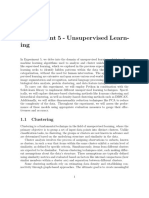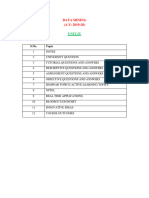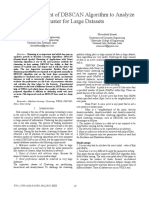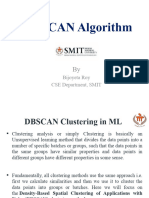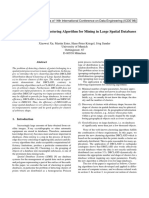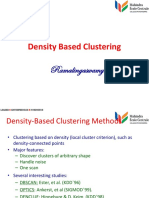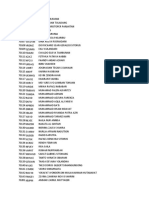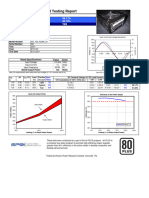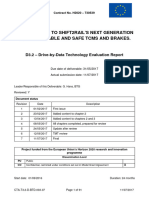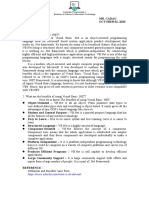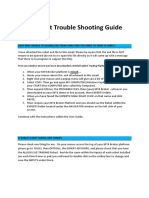0% found this document useful (0 votes)
3 views25 pagesUnit 4 Cluster Analysis 4
The document discusses various clustering techniques, including probabilistic model-based clustering, BIRCH, DBSCAN, STING, and methods for assessing clustering tendency like the Hopkins Statistic. It outlines the steps involved in each clustering method, emphasizing the probabilistic nature of assignments, hierarchical structures, density-based clustering, and grid-based approaches. Additionally, it includes practical examples and methods for determining optimal cluster numbers.
Uploaded by
drajalakshmi2004Copyright
© © All Rights Reserved
We take content rights seriously. If you suspect this is your content, claim it here.
Available Formats
Download as PDF, TXT or read online on Scribd
0% found this document useful (0 votes)
3 views25 pagesUnit 4 Cluster Analysis 4
The document discusses various clustering techniques, including probabilistic model-based clustering, BIRCH, DBSCAN, STING, and methods for assessing clustering tendency like the Hopkins Statistic. It outlines the steps involved in each clustering method, emphasizing the probabilistic nature of assignments, hierarchical structures, density-based clustering, and grid-based approaches. Additionally, it includes practical examples and methods for determining optimal cluster numbers.
Uploaded by
drajalakshmi2004Copyright
© © All Rights Reserved
We take content rights seriously. If you suspect this is your content, claim it here.
Available Formats
Download as PDF, TXT or read online on Scribd
/ 25







